While these pairings might surprise you, we believe in the old adage that “opposites attract,” and, it’s a surefire way to hit every type you’re buying for: from theorist to practitioner, standard-bearer to trendsetter, and design nerd to—dare it be said—non-designer. You don’t have to be a creative to appreciate these reads. A curious mind will do.
This week: Sean Adams + Ashleigh Axios. You might say that Adams, the executive director of the Graphic Design Graduate Program at ArtCenter, who has a self-proclaimed dislike for “new books,” and Axios, who took on digital strategy at the Obama White House and whose selections tackle issues on our current horizon, have a different approach to gifting this season. Are you looking to escape reality or face it? Either way, we’ve got the book for you.
From Sean Adams
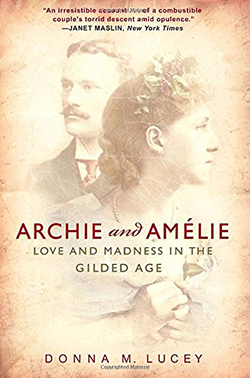 Archie and Amelie: Love and Madness in the Gilded Age by Donna M. Lucey
Archie and Amelie: Love and Madness in the Gilded Age by Donna M. LuceyThis is an account of one of my grandmother’s cousins, Amelie Rives, and her relationship with John Armstrong “Archie” Chanler, one of the Astor heirs. Lots of crazy people, odd writers and artists, family backstabbing, and drama at the turn of the 20th century.
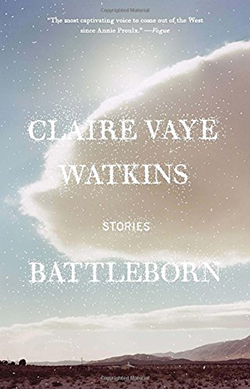 Battleborn: Stories by Claire Vaye Watkins
Battleborn: Stories by Claire Vaye WatkinsBattleborn is a remarkable collection of stories that take place in the American West, specifically, Nevada. The landscape of the empty desert matches the interior life of the characters. Beautiful and poetic.
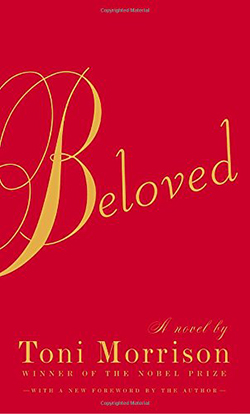 Beloved by Toni Morrison
Beloved by Toni MorrisonI can re-read this every year. The narrative is elegant and compelling with the underlying and ever-present issue of slavery and its ongoing horror and damage.
 Lance Wyman: The Visual Diaries 1973–1982 by Tony Brook & Adrian Shaughnessy
Lance Wyman: The Visual Diaries 1973–1982 by Tony Brook & Adrian Shaughnessy The Visual Diaries is the big book of Lance Wyman’s creative process. As beautiful as his work, the book demonstrates his relentless focus on great design and function.
 The Plantagenets: History of a Dynasty by Jeffrey Hamilton
The Plantagenets: History of a Dynasty by Jeffrey HamiltonThe history of the Plantagenet family, which was the ruling family in England from the 12th to the 15th century, and which included a bunch of my ancestors.
From Ashleigh Axios
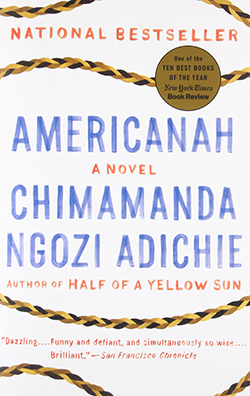 Americanah by Chimamanda Ngozi Adichie
Americanah by Chimamanda Ngozi Adichie This bestselling novel is a story of love, race, and identity in an increasingly connected and yet still divided world. The narrative follows Ifemelu, a young Nigerian immigrant in America, as she finds her voice, an audience, and love across oceans and within her own skin.
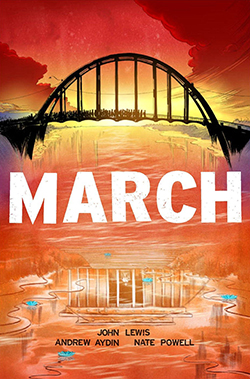 March (Trilogy) by John Lewis, Andrew Aydin, Nate Powell
March (Trilogy) by John Lewis, Andrew Aydin, Nate PowellInfluenced by comic books at a young age, U.S. Congressman John Lewis knew their influence and ability to distill complex topics into relatable and memorable stories. This black and white graphic novel trilogy about the Civil Rights Movement is told from John Lewis's perspective as a young marcher and chronicles the struggle for equality in life-like detail. You can purchase and cherish each book, but the set with the slip cover is a special piece of design, illustration, and American history all rolled into one.
 Social: Why Our Brains Are Wired to Connect by Matthew Lieberman
Social: Why Our Brains Are Wired to Connect by Matthew LiebermanIn this book, Lieberman explains just how fundamental and misunderstood is the human need for connection. He illustrates the real-world implications of minimizing the necessary space for social interactions and the time for processing those relationships.
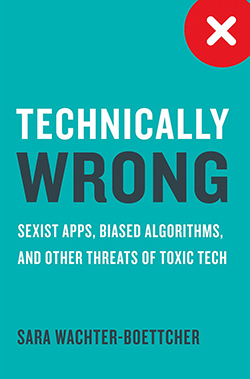 Technically Wrong: Sexist Apps, Biased Algorithms, and Other Threats of Toxic Tech by Sara Wachter-Boettcher
Technically Wrong: Sexist Apps, Biased Algorithms, and Other Threats of Toxic Tech by Sara Wachter-Boettcher Tech has a problem and it's not just a development or hiring problem, it's also a design problem. Wachter-Boettcher shows us how many of the online services we use regularly are full of biases and ethical nightmares that were designed into place.
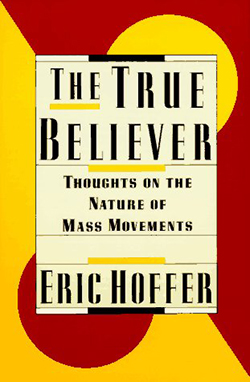 The True Believer: Thoughts on the Nature of Mass Movements by Eric Hoffer
The True Believer: Thoughts on the Nature of Mass Movements by Eric Hoffer There's so much to be garnered from history. How movements are made, what fuels them, and how to counter them aren't new to our current dilemmas. Hoffer shares, with poignant examples from our past, the psychology that drives fanatics and how mass movements are built.
